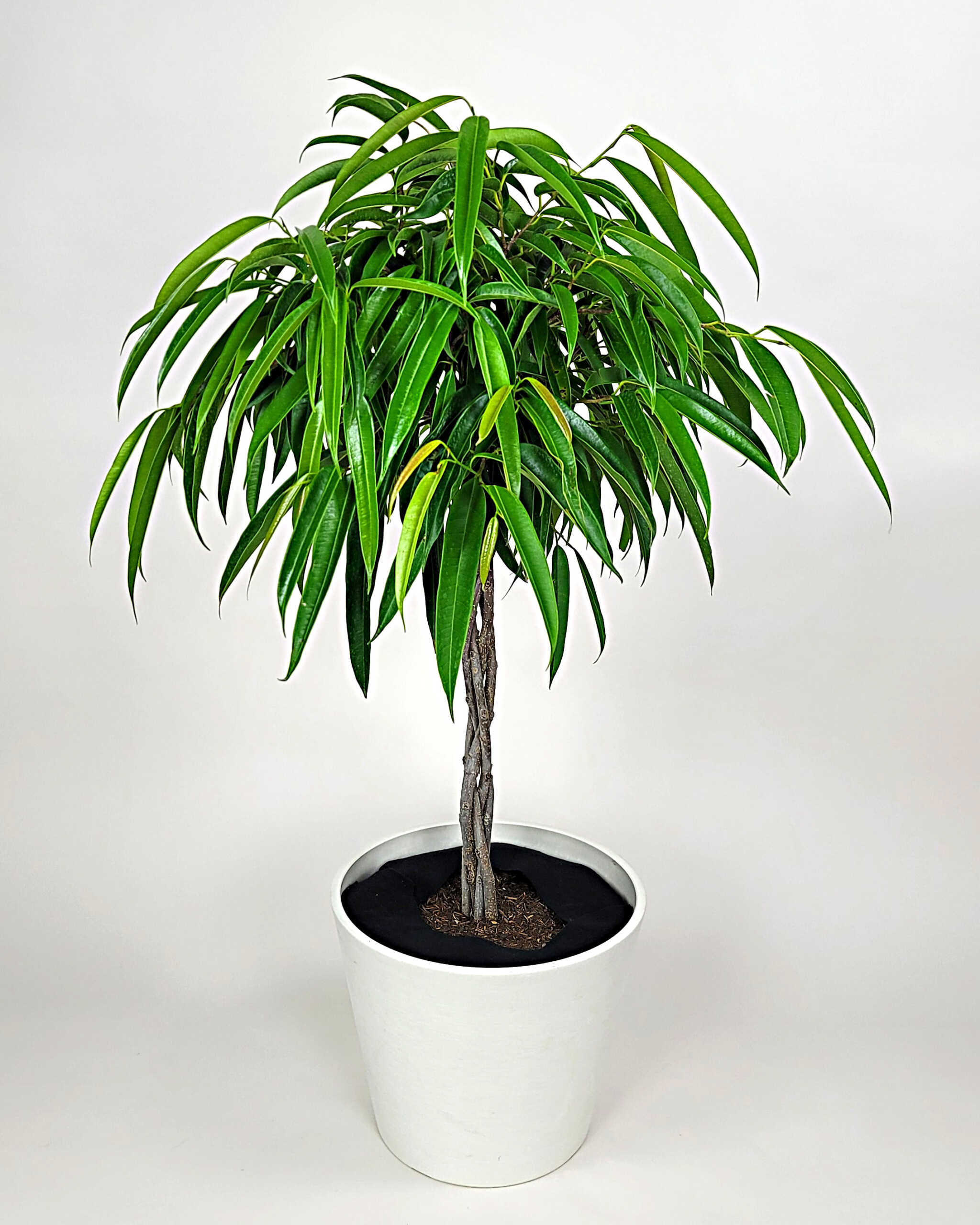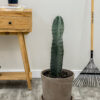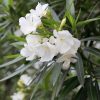Description
The Long Leaf Fig is the New King of the Indoor TreesThe Ficus ‘Alii’ does not actually exist in the wild. It is a relatively new man-made hybrid that has become extremely popular as it makes for a rather handsome indoor tree. It has long, tapered leaves that have a wonderful natural gloss, and as the tree grows the lower trunk may shed its leaves to give a palm tree-like appearance. Experienced growers may want to experiment with braiding the trunks to give the Ficus ‘Alii’ an even bigger visual impact. Their stunning appearance more than makes up for the fact that they do not bloom indoors – their preferred environment – instead forming small yellow globular inflorescence’s, which have a similar appearance to berries.History of the Ficus ‘Alii’More commonly known as the banana-leaf fig, is a hybrid of the ficus species that is native to Southeast Asia, India, and China. It is one of the more popular houseplants in temperate climates. The ‘Alii’ cultivar first emerged in Hawaii. The Ficus plant is a relative of the Ficus benjamina, and this variant of the plant is the perfect houseplant as it is very manageable and does not demand a lot of attention. Ficus ‘Alii’ CareThe ficus is a very environmentally tolerant plant, and you can easily grow it without any hassles. It does not shed a lot of leaves and can flourish even if there is not a lot of light. Moreover, if you want to move it around, you do not have to worry about the plant going into shock, as the Ficus maclellandii is good at adapting to its environments. LightTypically, the Ficus maclellandii needs bright and indirect light to give the best output. But that does not mean that this plant will die if the light is not bright enough. The only thing light will affect this plant’s growth is if the light is too low. It is important for you to rotate it regularly so that you can easily maintain its shape. SoilTo grow the plant, there are no specific requirements for the soil. You can use an all-purpose soil that is well aerated so that the soil gives your plant all the nutrients it needs. WaterYou shouldn’t water the plant regularly. Only water the plant if the first inch of the soil is completely dry. If you have kept the plant in a bigger pot, then you need to check at least the first two inches to make sure that it is dry before you water it. When watering your plant, be sure to let the water run deep so that the excess water drains out. Your soil should not be too wet. Do not let your plant sit in water, as that can ruin it. FertilizerLiquid fertilizer is the best option, but it should be well balanced so that your plant grows actively. You do not need to add fertilizers in the colder months of the year. Moreover, it is best to avoid using any fertilizers that have the chemical boron in the composition as that can affect the growth of the plant. Common Issues of the Ficus ‘Alii’It is very common for the Ficus Alii to go into shock during a transplant or because of sudden changes in the environment. Going into shock can make the plant drop its leaves. Other than that, leaves dropping is also a sign that your plant has a lot of water. Other common issues include root rotting and the yellowing of leaves. PestsSpider Mites and Mealybugs are very commonly found in the Ficus Alii. They usually roam around the leaves and look for chlorophyll to hide their eggs. It is very important for you to clean the plant and take care of it as these pests can cause severe damage to your plant. Whiteflies are also very common. They spread quickly but are not as dangerous as other pests. DiseaseLoss of lower leaves is a very common disease, and there can be many different reasons why that happens. If you overwater the plant or keep it in the dark, then the plant may get the disease. Other than that, root rot is also common in the Ficus Alii. This happens when the plant stays in the water for longer than necessary. Make sure that the water drains so that your roots remain strong. PruningIf you want to prune the plant, then the best time to do it is during the winter. This way, you will be able to maintain its shape and get a bushier plant that looks even prettier. PropagationTo propagate the plant, you can use the concept of branch cuttings and make sure that you cut the right branches so that the plant does not go into shock. It is best to cut the long and strong branches for the best outcomes. Potting/RepottingSuppose you want to repot the plant. You need to make sure that it has drainage holes at the bottom. This will help ensure that the roots of the plant do not get soggy and rot. These plants do not grow too quickly, and it is best for you to wait for the plant to get bigger before you plot it anywhere else.





